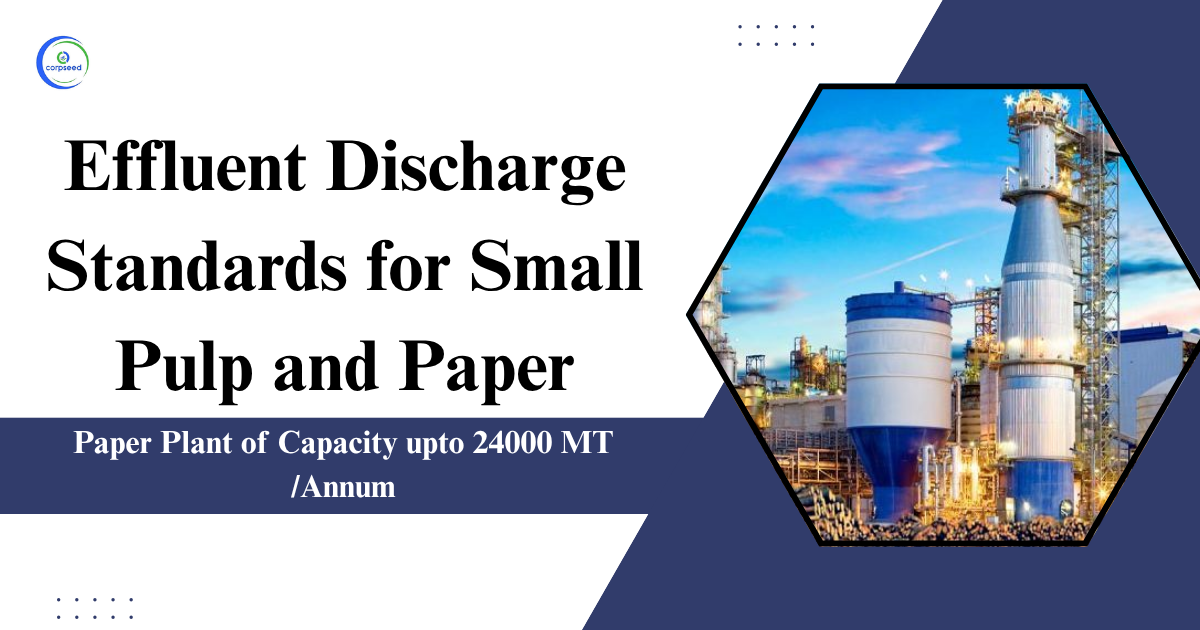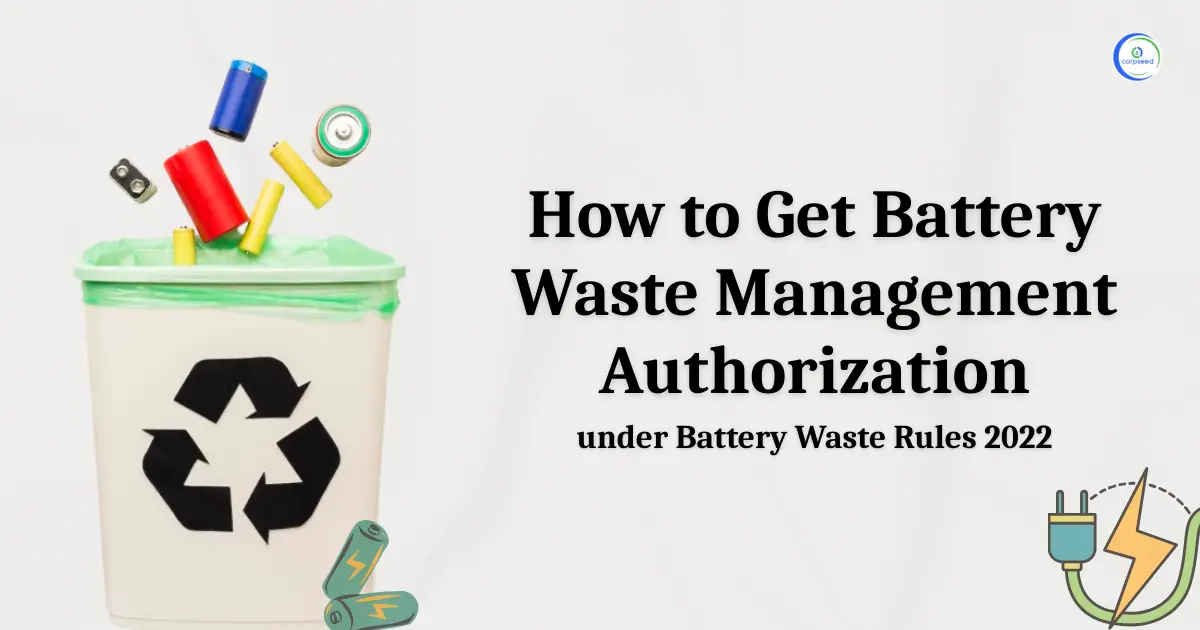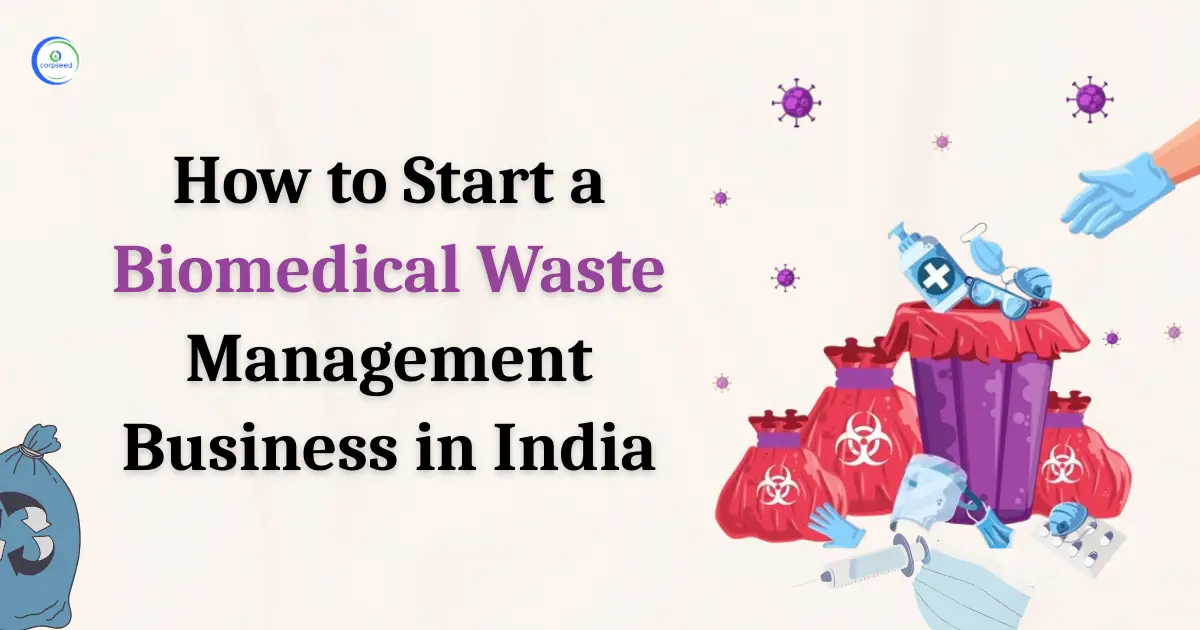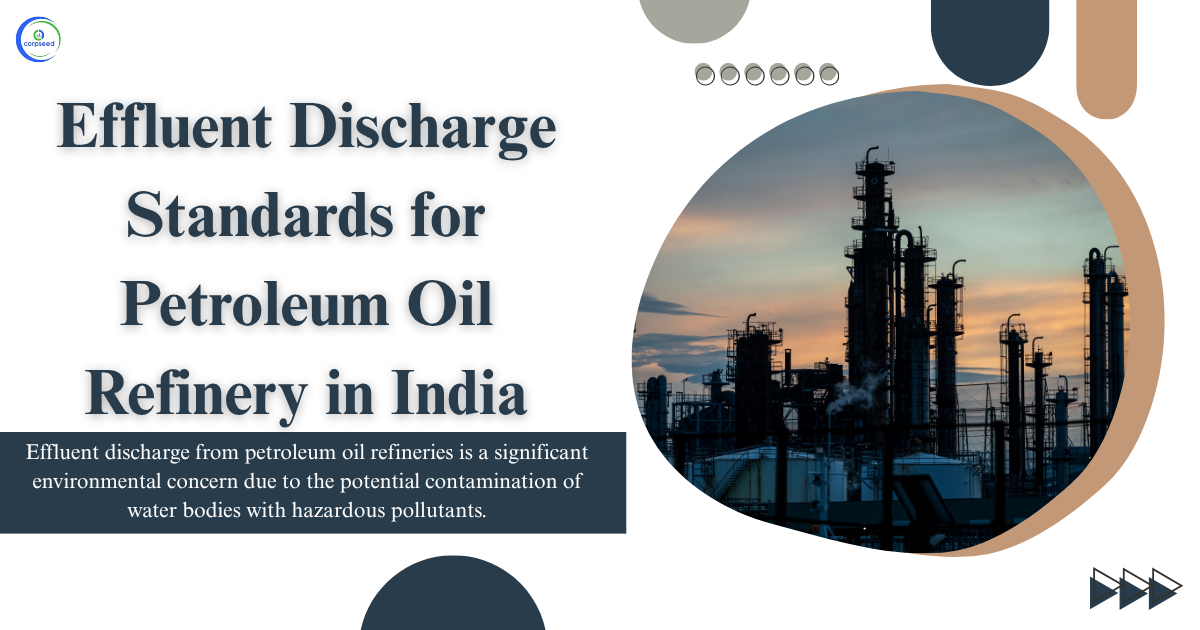The pulp and paper industry is one of the largest water-consuming sectors. Small pulp and paper mills with a capacity of up to 24,000 MT per annum are major contributors in rural and semi-urban regions. These mills often rely on agro-based raw materials or recycled waste paper. However, effluent discharge from such mills contains pollutants that affect water bodies and ecosystems. Therefore, the Central Pollution Control Board (CPCB) has set effluent discharge standards to control pollution. These standards vary depending on the type of raw material used. Strict monitoring and compliance are necessary to ensure a cleaner production process. Adhering to these standards not only helps protect the environment but also aligns mills with national environmental laws and sustainability goals.
Table of Contents
--------------Blog Contact Form-------------
What is Pulp and Paper Industry?
The pulp and paper industry is a major sector that produces paper, packaging, and other cellulose-based products. It uses raw materials like wood, agricultural residues, or recycled waste paper. This industry is energy- and water-intensive, and it generates large amounts of wastewater.
Small pulp and paper industry units, especially those with a paper plant capacity of 24000 MT or less, commonly use agro-based or waste paper-based raw materials. Agro-based paper mills rely on materials like bagasse, straw, and jute, while waste paper-based mills recycle used paper. These mills release wastewater that contains high biological oxygen demand (BOD), chemical oxygen demand (COD), and suspended solids.
Effluent discharge standards are set to control the pollution caused by these mills. Meeting the paper plant standards and adhering to the pulp and paper effluent norms is vital for environmental safety. Effluent treatment for paper industry operations helps in maintaining compliance with environmental laws. The small pulp and paper industry must follow strict discharge limits for paper plants to ensure sustainability and eco-friendly production practices.
Effluent Standards for Small Pulp and Paper (up to 24000 MT/Annum)
Small pulp and paper plants (≤24,000 MT/year) must follow different effluent discharge standards depending on the type of raw material used and the year of establishment.
| S.No. | Industry | Parameter | Standards |
| 54 | Small Pulp and Paper Industry | Effluent | |
| Paper Plant of Capacity upto 24000 MT/Annum | |||
| Category: | |||
| Agro Based | Total waste water discharge | 200 cum/Ton of paper produced | |
| Waste Paper Based | Total waste water discharge | 75 cum/Ton of paper produced | |
Notes:
- Agro-based mills established before January 1992 can discharge 200 cum of wastewater per ton of paper.
- Agro-based mills established after January 1992 must meet stricter norms of 150 cum/ton.
- Waste paper-based mills established before January 1992 can discharge 75 cum/ton.
- Waste paper-based mills established after January 1992 must follow 50 cum/ton.
Environmental Compliance and Monitoring
Environmental compliance and monitoring in the small pulp and paper industry are essential to control pollution and meet regulatory norms. Every paper plant with a capacity of up to 24000 MT must follow the effluent discharge standards set by pollution control authorities. Key aspects of compliance and monitoring:
- Consent from Authorities: Every small pulp and paper industry must obtain Consent to Establish and Consent to Operate from the State Pollution Control Board (SPCB).
- Installation of Effluent Treatment Plants (ETPs): Effluent treatment for paper industry operations is mandatory to treat wastewater before discharge. Properly designed ETPs help meet discharge limits for paper plants.
- Continuous Monitoring: Industries must install online monitoring systems for parameters like pH, BOD, COD, and TSS to ensure real-time compliance with effluent discharge standards.
- Periodic Reporting: Regular reports on environmental performance must be submitted to SPCB for review.
- Environmental Audits and Inspections: Scheduled audits ensure that small pulp and paper industry units follow all legal and environmental standards.
Why Are These Effluent Standards Important?
Effluent discharge standards for small pulp and paper plants are critical for many reasons:
- Protection of Water Bodies: Untreated effluent contains harmful pollutants. Standards help prevent contamination of rivers, lakes, and groundwater.
- Control of Organic Load: The pulp and paper effluent contains high BOD and COD. Discharge norms ensure that oxygen demand in receiving water is within safe limits.
- Promotes Recycling and Water Reuse: Lower discharge limits encourage mills to reuse and recycle process water, reducing dependency on freshwater.
- Legal and Regulatory Compliance: Meeting effluent discharge standards helps in complying with CPCB, SPCB, and EIA norms.
- Reduces Environmental Footprint: Efficient wastewater management minimizes pollution and supports eco-friendly operations.
- Health and Safety: Discharging untreated effluent affects human health. Standards help ensure safe surroundings.
Conclusion
Effluent discharge standards for small pulp and paper mills play a vital role in environmental protection. Mills with capacities up to 24,000 MT per annum must adhere to specific discharge norms based on raw material type and year of establishment. Agro-based and waste paper-based units have different limits, and newer mills face stricter rules. By following these norms, mills contribute to clean water conservation, reduce pollution, and align with India’s sustainability goals. Environmental compliance, monitoring, and use of ETPs are essential to meet these standards. Ensuring that these guidelines are strictly followed benefits not just the industry but also the environment and communities around them.
This portion of the site is for informational purposes only. The content is not legal advice. The statements and opinions are the expression of author, not corpseed, and have not been evaluated by corpseed for accuracy, completeness, or changes in the law.
BOOK A FREE CONSULTATION
Get help from an experienced legal adviser. Schedule your consultation at a time that works for you and it's absolutely FREE.


.webp)






